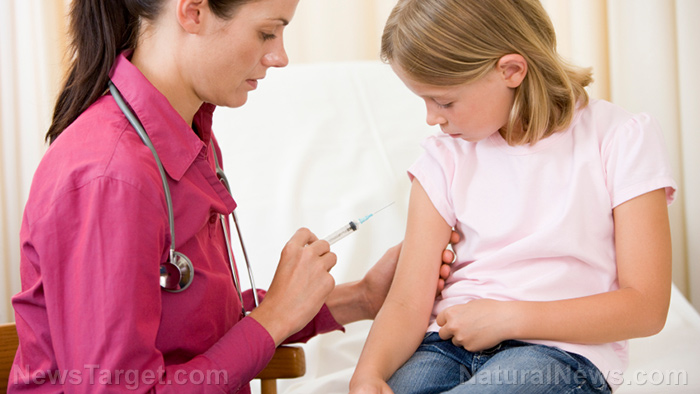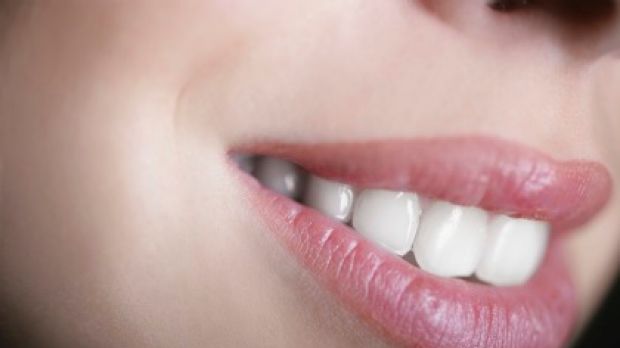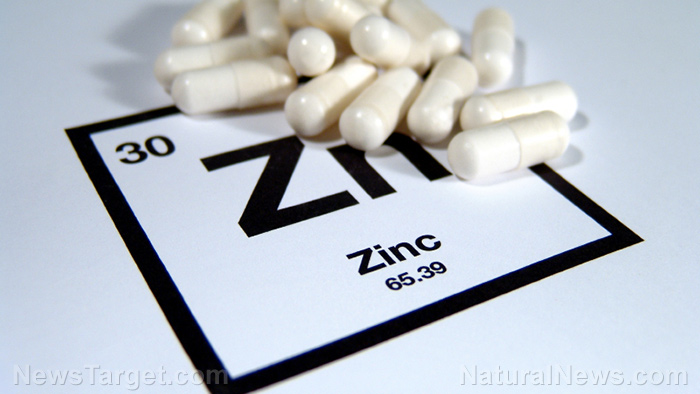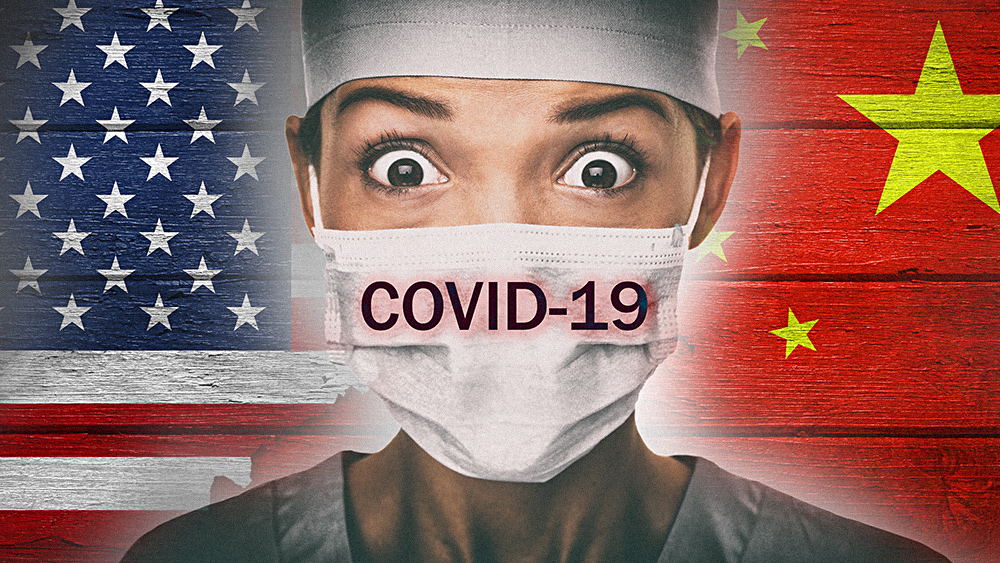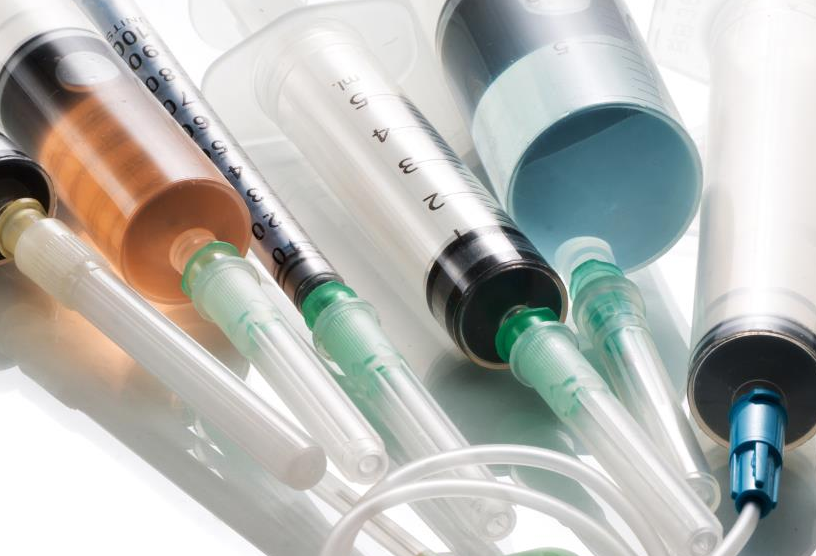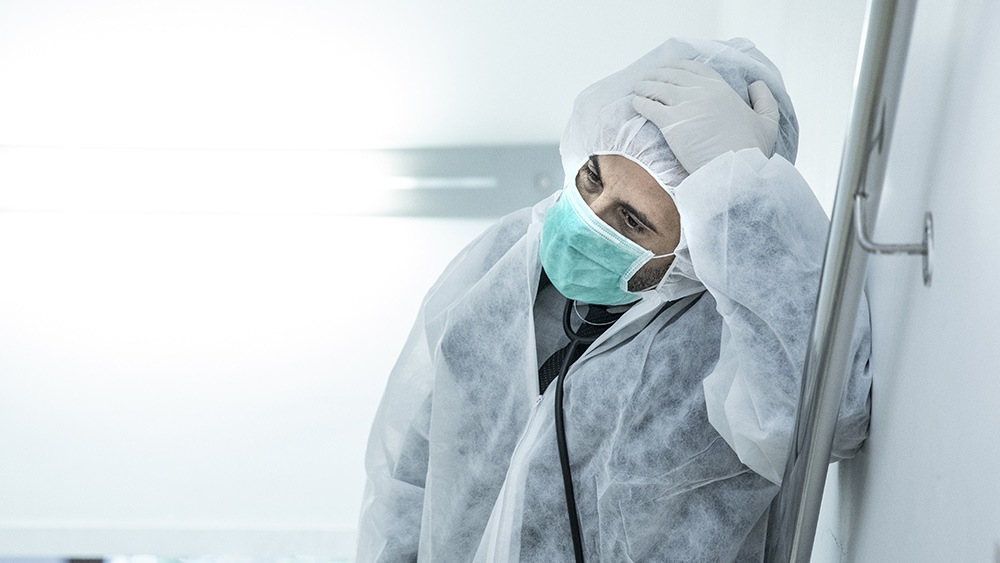Coronavirus daily cases in US drop to lowest in 2 months – but might resurge as schools reopen
09/02/2020 / By Ramon Tomey

The U.S. recorded the lowest number of daily coronavirus cases in two months, continuing a slowed trend of new infections. Data from Johns Hopkins University showed that new reported infections around the country fell below 34,000 on Aug. 31 – the lowest since June 22.
However, reopening schools – and returning to face-to-face learning – can cause COVID-19 infections to resurge. School administrators in different U.S. states, alongside the federal government, have undertaken necessary preparations to ensure a safe school opening. Meanwhile, some private educational institutions have taken appropriate measures to buy themselves to address coronavirus outbreaks at their school grounds.
Schools in New York City have delayed their reopening to Sept. 21 instead of Sept. 11 as earlier planned, according to Mayor Bill de Blasio. However, students will begin remotely on Sept. 16 before a face-to-face return—allowing the school district to ensure the hybrid approach of remote and in-person learning works, and to prepare for a safe reopening. Principals and teachers unions in New York City have pushed to delay face-to-face school reopening for teacher and student safety, after the state has permitted educational institutions there to open their doors. (Related: New York City to reopen schools ONLY if coronavirus test rate stays below 3 percent.)
Colorado College in Colorado Springs changed its initial plans for the fall term on Sept. 1, informing students that the remaining activities for the rest of the calendar year will be done remotely. The school’s classes began Aug. 24, with all students targeted to be on campus for the next block of classes due to start Sept. 21.
The school had already quarantined some residence halls after allowing only freshmen on campus to start the school year. A Colorado College spokesperson said that about 800 students were living on campus a day after classes began, and 11 students staying on campus and one staff member tested positive for COVID-19 since students moved in. The school now aims to bring back the student body on Jan. 2021 with this development and has urged students who are not currently in quarantine to leave the campus by Sept. 1.
California State University, Chico shifted to remote instruction for the 10 percent of classes originally slated to be in-person. It also urged students to vacate residence halls after COVID-19 cases rose there; the university said it had reported 36 cases since August started.
Meanwhile, Temple University in Philadelphia paused face-to-face classes for two weeks in the hope of stemming from the virus outbreak there.
Government offers aid to schools to encourage face-to-face instruction
President Donald Trump has called for schools to reopen, saying that face-to-face learning was important for the well-being of both students and their parents.
Adm. Brett Giroir, assistant secretary for health at the Department of Health and Human Services, said that the administration is planning to ship rapid point-of-care tests to state governors in the middle of September in line with school openings. He added that the tests made by Abbott Laboratories will be directly sent to governors, who will then decide on how these will be deployed in their respective states. Furthermore, Adm. Giroir stated that the federal government won’t send the tests directly to schools.
Aside from rapid tests, a new bill introduced by Senate Republicans in late July allocates $70 billion for public and private schools. Two-thirds of the $70 billion allocation will be directed to schools that have a physical reopening plan; however, this plan should first be approved by the governor after consulting with the state’s education department.
The bill, branded as the Health, Economic Assistance, Liability Protection, and Schools (HEALS) Act by Republicans, outlined clear criteria for physical school reopening. It did not clarify if “hybrid plans” or partial re-opening by schools were eligible, however.
The U.S. currently has the highest number of COVID-19 cases in the world with more than 6 million as of this time. More than 180,000 deaths were recorded in the country, while about 2.2 million recoveries were reported according to data from Johns Hopkins University.
Find out more stories about the ongoing Wuhan coronavirus pandemic at Pandemic.news.
Sources include:
Senate.gov [PDF]
Tagged Under: Bill de Blasio, coronavirus, coronavirus cases, covid infections, covid-19, federal aid, infection rate, infections, K to 12, K-12, New York City, outbreak, pandemic, Public Health, SARS-Cov2, school, school federal aid, school reopening, Wuhan coronavirus

